
Fat Uncle Farms
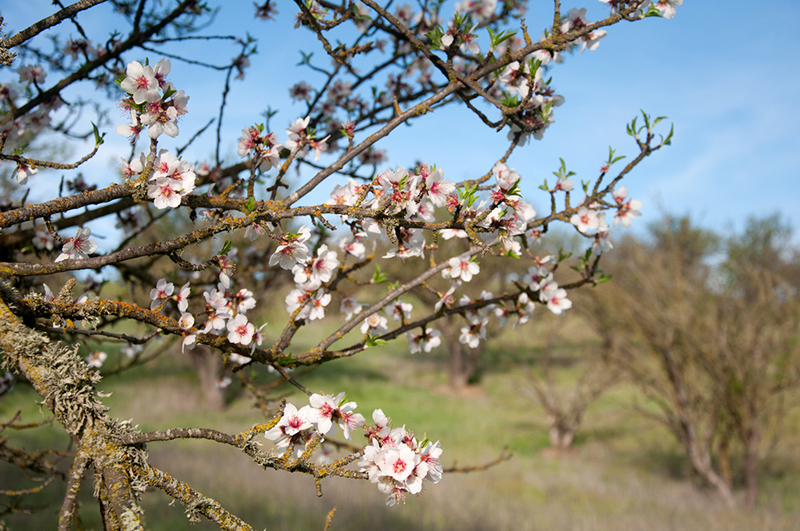
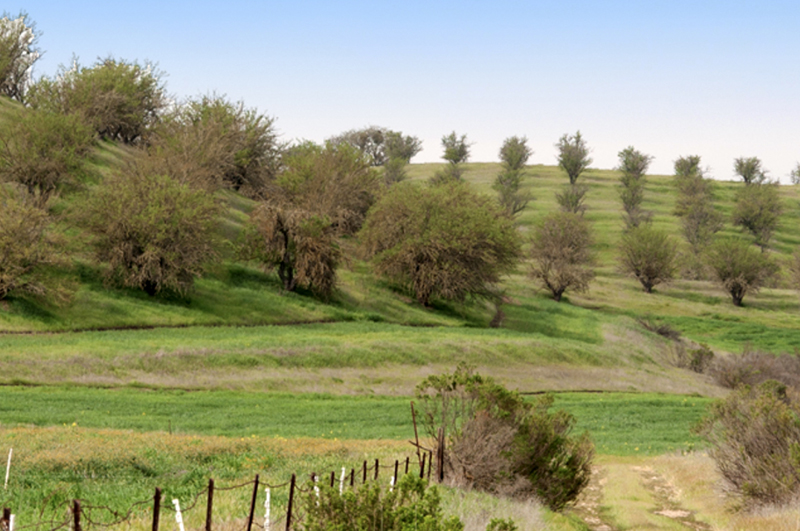

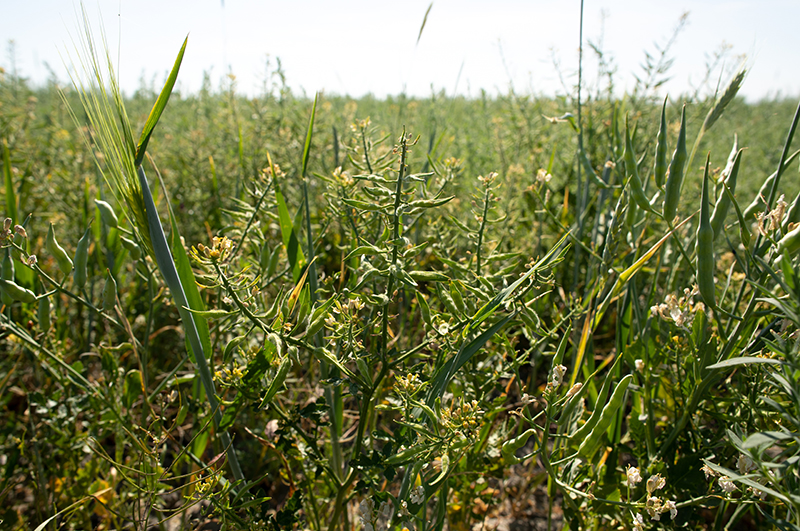
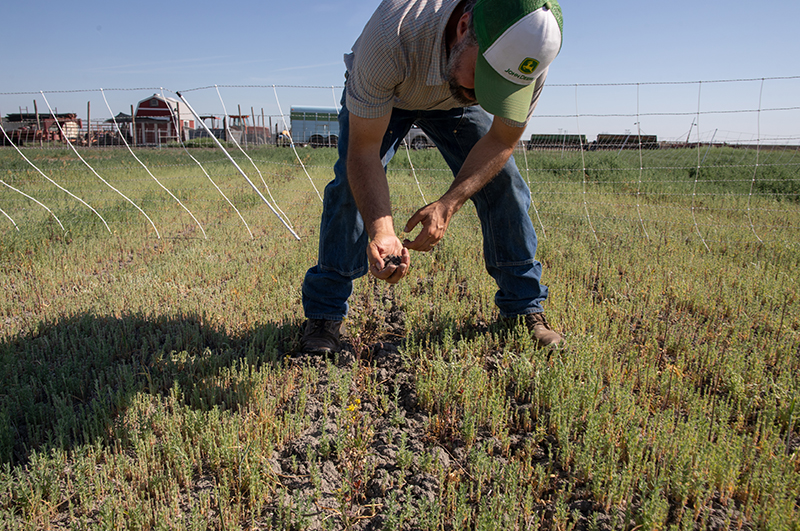
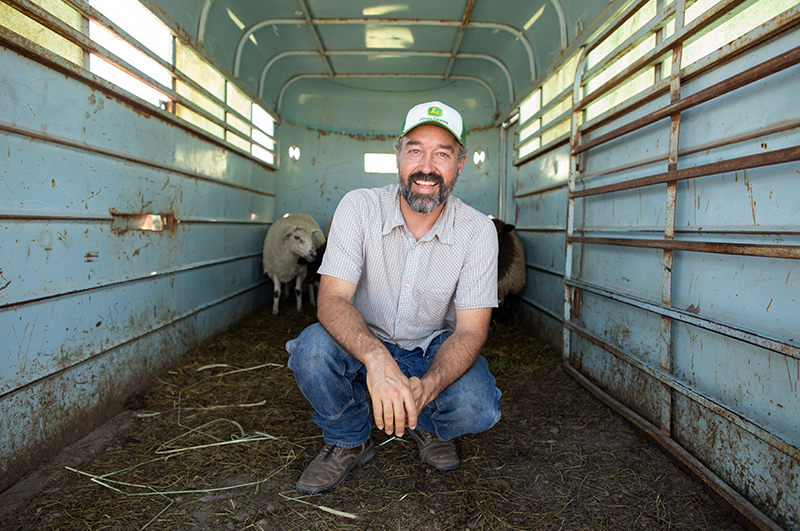
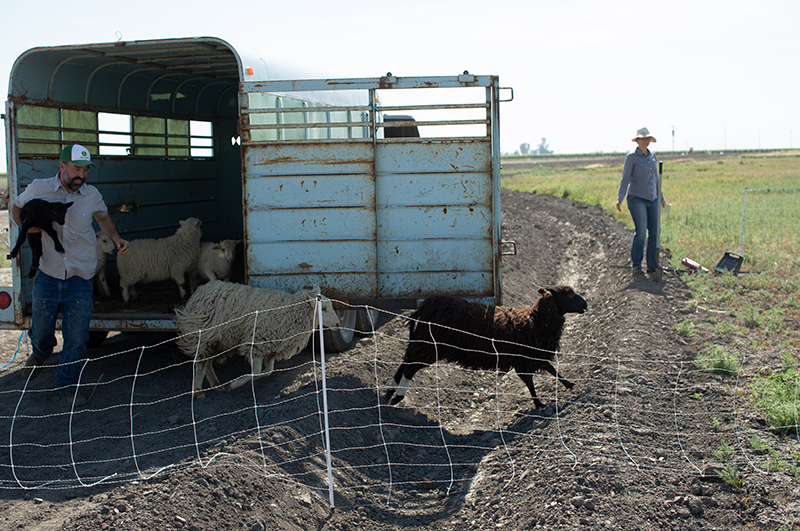
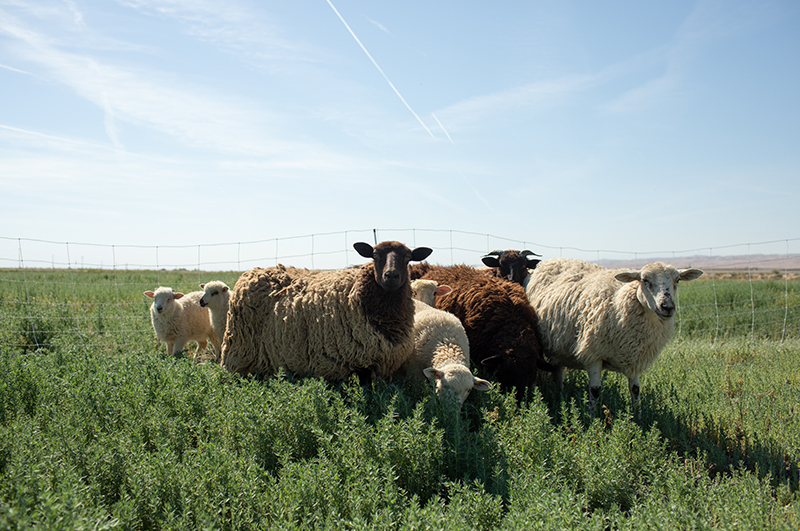
The owners of Fat Uncle Farms are part of a family that has been farming for four generations. It all started with Gerhardt Siemens who came to California as a grain farmer after immigrating from the Russian steppes. His son Ernest diversified into almonds and his grandson, Dale, added cotton, beans and alfalfa. Unfortunately, they couldn’t afford to continue farming, but Nathanael Siemens and his wife Bekki, the daughter of an almond farmer, took up the challenge of reclaiming their farming heritages in 2009 and fully embraced regenerative agriculture in the process.
Today the Siemens family farms an 18-acre almond orchard in Wasco, CA, a 100-acre ranch in Lompoc, and recently took on the challenge of attempting to grow regenerative cotton on a 10 acre site in Buttonwillow. Their model of farming blends theory from organic agriculture, permaculture gardening, and ecosystem management, attempting to create a holistic process appropriate to California’s changing climate conditions. For example, years of drought prompted a move towards dry-farming their almonds and interplanting with ancient grains and beans to keep the land covered and provide a harvestable pasture. They also strategically graze their sheep to help fertilize the land and promote native perennial grasses. They use no chemicals, and no inputs other than what is provided by cover crops and their animals.
Successes and Challenges on the Ranch and Orchard
Siemens believes that his approach to farming has led to increased production, biodiversity, soil organic matter and water holding capacity on his land. He also believes that the general concepts aren’t hard because it wasn’t that long ago that everyone farmed in a similar way(opens in new window). “Our great-great grandparents didn’t pump water, tractors didn’t exist, they fed their horses from the land. It was a closed-loop system.”
Unfortunately, trees that have been grown using modern conventional methods need time to transition to regenerative methods because they’re used to getting their nutrients from chemical inputs. These methods bypass or even destroy much of the soil biology, he says, so you can’t just substitute organic fertilizer and, otherwise, keep doing the same things. You need to get the trees working with natural systems by restoring the soil using mulch and correctly chosen cover crops and, for him, strategic grazing. When the chemical inputs are taken away, the trees are forced to put down deeper roots and work with the microbes in the soil so it’s important to foster the return of that microbiology as much as possible. Siemens received a grant from the Healthy Soils Program(opens in new window), administered by the California Department of Food & Agriculture (CDFA) to afford to add the cover crops he needed.
As an encouragement to other farmers, Siemens says the efforts pay off in terms of higher margins, higher nutritional value in the crops he grows, less water usage, and carbon sequestration. In his opinion the biggest challenge is psychological. It can be a big commitment—one that requires problem-solving—and that can feel scary. He thinks it makes a big difference to know you have a market for the regenerative crops you grow. Fat Uncle Farms(opens in new window) moved to a direct marketing approach at farmer’s markets, online through their website, and other venues.
The Excitement and Challenge of Regenerative Cotton
Inspired by a soil health training with regenerative farmer Gabe Brown, Siemens decided he wanted to tackle cotton. Regenerative cotton is not unheard of but it’s a new frontier. Typically, cotton is heavily tilled because it likes clay soil that is highly saline. It’s hard to irrigate these soils without tilling them. But by joining forces with the Center for Regenerative Agriculture and Resilient Systems at Chico State(opens in new window), the National Center for Appropriate Technology(opens in new window), UC Cooperative Extension in Kern County(opens in new window), and Fibershed(opens in new window) Siemens is eager to experiment and work with these organizations to evaluate the economic and ecologic impact of integrating regenerative practices.
There have been a few setbacks along the way. The first challenge was finding seed that wasn’t genetically modified to be Round-up Ready and chemically treated. He had to expand his search beyond California to find Pima cotton in Arizona and New Mexico. He also has needed to brainstorm various approaches for weed control and irrigation.
On the other hand, Siemens is excited about integrating sheep to naturally mow the cover crops he’s using while also fertilizing the land. He expects to train them to help with defoliation to make harvesting the cotton bolls easier without the need to use chemicals or salt. He is also planning to experiment with fungal-dominant compost, and is adapting no-till drills and roller crimpers to try to address some of the problems he has been encountering.
At this point, Siemens thinks his chance of success is about 50-50 but he’s going ahead. The possibility of bringing regenerative cotton to the San Joaquin Valley inspires him to continue. Having the support of so many partners and their combined expertise makes it feel possible to do. Read more on Fibershed's blog(opens in new window).
